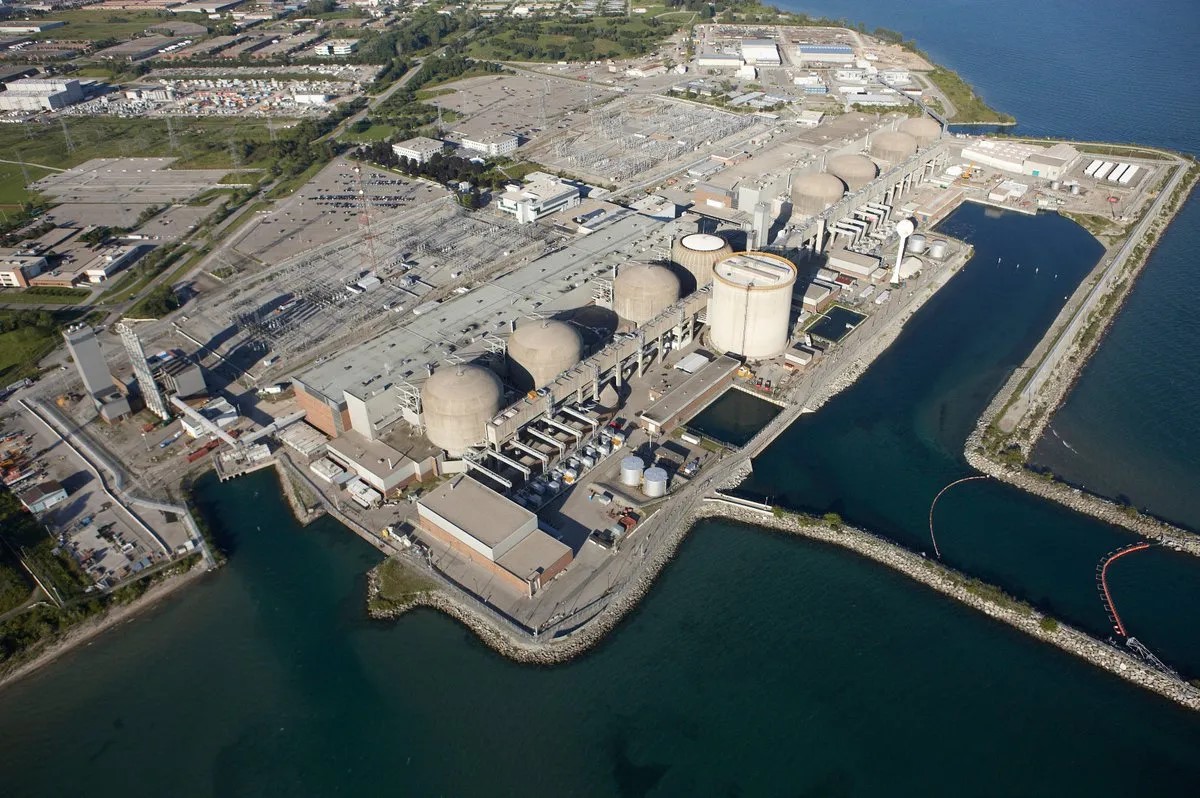In recent years, a dramatic shift has been taking place in the global energy landscape, one that is positioning Canada to become a key player in the nuclear power industry. At the heart of this transformation is uranium, a critical resource for nuclear energy generation. Canada, with its rich deposits of high-grade uranium, particularly in the Athabasca Basin of Saskatchewan, is well-positioned to play a central role in the future of nuclear energy. But as the world increasingly turns to nuclear energy to meet climate goals, the question remains: can Canada harness its uranium resources to establish itself as a global energy superpower?
For much of the past two decades, uranium prices and the global demand for nuclear energy were in decline, following the 2011 Fukushima disaster, which sent shockwaves through the nuclear industry. The Fukushima incident triggered widespread fears about the safety of nuclear power, causing many countries to reconsider their nuclear energy strategies. As a result, the price of uranium, the critical element used to fuel nuclear reactors, plummeted. Mining projects were delayed or shelved, and uranium production worldwide stagnated. However, a major shift began to unfold around 2018, when high-profile advocates for nuclear energy, including Microsoft co-founder Bill Gates, reignited the conversation about the role nuclear power could play in tackling climate change. Gates called nuclear energy “ideal” for reducing carbon emissions, and in the years that followed, governments began to revisit their nuclear energy policies. In the UK, Prime Minister Boris Johnson’s commitment to generating at least 25% of the country’s energy from nuclear power by 2050 highlighted the growing recognition of nuclear energy as an essential part of the climate solution. Shortly after, the European Union declared nuclear energy to be climate-friendly, which further bolstered the sector’s prospects.
The resurgence of nuclear energy has had profound effects on the uranium market, leading to a spike in prices that has made uranium one of the best-performing commodities in recent years. This newfound optimism is reflected in the fortunes of Canadian companies like NexGen Energy, which is developing what could be the largest uranium mine in Canada. Located in the remote Athabasca Basin in northern Saskatchewan, NexGen’s project is set to be one of the most significant uranium mining operations in the world once it becomes fully operational in 2028. The company’s market valuation has skyrocketed to nearly $4 billion, despite the fact that it will be years before the mine can produce uranium at a commercial scale. Nevertheless, NexGen’s potential is clear: if its mine is approved and comes online as planned, Canada could leapfrog Kazakhstan to become the world’s largest producer of uranium.
NexGen is not alone in recognizing the immense opportunities that lie in Saskatchewan’s uranium-rich soil. Many other mining companies have flocked to the region, either starting their own exploration projects or reopening dormant mines that were once left to languish during the downturn in uranium prices. This rush of activity has reignited interest in the Canadian uranium sector, which has long been one of the world’s leading suppliers of uranium. Currently, Canada ranks as the world’s second-largest producer of uranium, accounting for roughly 13% of global output. If NexGen’s mine and other projects are fully realized, that share could rise significantly, with some estimates predicting that Canada could supply as much as 25% of the world’s uranium within the next decade.
This dramatic expansion of Canada’s uranium production could not come at a more crucial time. The world’s growing appetite for nuclear energy is driven by the pressing need to reduce greenhouse gas emissions. At the COP28 climate conference, nearly two dozen countries committed to tripling their nuclear energy output by 2050 in order to meet global climate targets. Nuclear energy, with its low carbon emissions, is seen as an essential tool for transitioning away from fossil fuels. The World Nuclear Association reports that nuclear energy currently accounts for about 10% of global electricity production, a share that is expected to increase as more countries turn to nuclear power to meet their climate goals. Canada’s role in supplying uranium is critical, especially as geopolitical factors, such as Russia’s invasion of Ukraine, have disrupted global uranium supply chains. The United States, in particular, which had long relied on Russian-supplied uranium, is now seeking to diversify its sources, and Canada’s high-quality uranium has become a vital part of that strategy.
What sets Canada apart in the uranium market is the exceptional quality of its uranium deposits. The uranium found in the Athabasca Basin is some of the highest-grade in the world, making it more efficient and cost-effective to mine. This high-quality uranium is highly attractive to buyers, and its superior grade gives Canada a competitive edge over other uranium-producing nations like Kazakhstan and Australia. Additionally, Canada is one of the few countries in the world that has a fully integrated nuclear fuel supply chain, from uranium extraction to the manufacturing of nuclear fuel. This capability further solidifies Canada’s position as a key player in the global nuclear energy market. As Professor Markus Piro, a nuclear engineering expert at McMaster University, explains, Canada is a “tier-one nuclear nation,” capable of producing nuclear fuel from start to finish. This comprehensive approach to the nuclear fuel cycle gives Canada a unique advantage in the global market.
Despite the bright prospects for Canada’s uranium industry, the nuclear energy sector still faces significant challenges. Some environmental groups remain skeptical of nuclear energy, citing concerns over the high costs and long timelines associated with building new nuclear plants. The construction of nuclear reactors is a lengthy process, and many projects, including those in Canada, are still years away from coming online. Additionally, the issue of nuclear waste remains a contentious topic. Critics argue that the long-term storage and management of radioactive waste pose serious environmental and safety risks. However, industry leaders like Tim Gitzel, the CEO of Cameco, one of Canada’s largest uranium mining companies, believe that nuclear energy is a safe and reliable option. Gitzel points to the significant improvements in safety and technology that have been made in the wake of past nuclear accidents, including the 2011 Fukushima disaster, and he remains confident in the future of nuclear power in Canada.
As the world continues to move towards clean energy solutions, Canada’s uranium resources will play an increasingly vital role in the global energy transition. With its high-quality uranium deposits, fully integrated nuclear fuel supply chain, and growing international demand for nuclear energy, Canada is positioned to become a global leader in the nuclear energy sector. However, the path to becoming a nuclear “superpower” is not without its challenges. From regulatory hurdles to public perception issues, the uranium industry will need to navigate these obstacles to realize its full potential. For now, though, the prospects for Canada’s uranium industry are brighter than ever.






